- No products in the cart.
Theraflu ekstratab tab n / about 10 pc
$3.91
Theraflu ekstratab tab n / about 10 pc
SKU: 1078090092 Categories: Cold and flu, Medicaments, Temperature Tags: 12 years, GlaxoSmithKline Helsker
Description
Composition
Active substance:
Paracetamol 650 mg; 4 mg of chlorphenamine maleate; Phenylephrine Hydrochloride 10 mg;
Excipients:
colloidal silicon dioxide – 0.4 mg, lacquer-based dye quinoline yellow – 0.85 mg lactose – 3.1 mg magnesium stearate – 3.5 mg, giproloza – 17 mg, croscarmellose sodium – 57 mg maize starch – 124 mg. The composition of the film coating: lacquer dye Quinoline Yellow – 0.0331 mg dye Quinoline Yellow – 0.0392 mg titanium dioxide – 1.0882 mg methyl parahydroxybenzoate – 0.0889 mg Povidone – 0.4353 mg colloidal silica – 0.6529 mg macrogol 400 – 1.7412 mg methylcellulose – 3.9176 mg.
Description:
Tablets, film-coated light yellow color, oblong, with beveled edges; on a break – light yellow.
Product form:
10 tablets, film-coated, is placed in a blister made of PVC and aluminum foil. 1 blister together with instructions for use placed in a cardboard box.
Contraindications
Increased sensitivity to the drug; heavy-serdechnoso sudistye disease; arterial hypertension; hyperthyroidism; closure glaucoma; pheochromocytoma; lactose intolerance, lactase deficiency, glucose-galactose malabsorption; MAO inhibitors (simultaneously or prior to 14 days), tricyclic antidepressants, beta-blockers, sympathomimetic other; pregnancy; breastfeeding; Children up to age 12 years.
Indications
Symptomatic treatment of infectious and inflammatory diseases (SARS, including influenza), accompanied by high fever, chills, headache, rhinitis, nasal congestion, sneezing, muscle pain.
Interaction with other drugs
Paracetamol With prolonged regular use of paracetamol may increase the anticoagulant effect of warfarin and other coumarin, at the same time increases the risk of bleeding. Periodic use of paracetamol has no significant effect. Hepatotoxic substances can lead to accumulation of paracetamol overdose. The risk of hepatotoxicity of paracetamol is enhanced when using drugs that induce hepatic microsomal enzymes such as barbiturates, antiepileptics (e.g., phenytoin, phenobarbital, carbamazepine) and drugs for treatment of tuberculosis, such as rifampicin and isoniazid. Metoclopramide increases the rate of absorption of paracetamol and increases Cmax plasma. Similarly, domperidone may increase the absorption rate of paracetamol. Paracetamol can lead to an increase in T1 / 2 of chloramphenicol. Paracetamol is capable of reducing bioavailability of lamotrigine while it may reduce the effectiveness of lamotrigine due to induction of its metabolism in the liver. Paracetamol absorption may be reduced while the use of colestyramine, but slightly reduced absorption when colestyramine accept one hour later. Regular use of paracetamol in conjunction with AZT may cause neutropenia and increase the risk of liver damage. Probenecid affects the metabolism of paracetamol. Patients simultaneously applying probenecid, the paracetamol dose should be reduced. Hepatotoxicity of paracetamol enhanced by prolonged excessive use of ethanol (alcohol). Paracetamol can affect the test results for the determination of uric acid using a precipitating reagent phosphotungstate. Phenylephrine is contraindicated in patients receiving or receiving MAO inhibitors during the past 2 weeks. Phenylephrine may potentiate the action of monoamine oxidase inhibitors and of inducing hypertensive crisis. Simultaneous application of phenylephrine with other sympathomimetic drugs or tricyclic antidepressants (e.g., amitriptyline) may lead to increased risk of adverse reactions to the cardiovascular system. The use of phenylephrine may reduce the effectiveness of beta-blockers and other antihypertensive agents (e.g., debrizohina, guanethidine, reserpine, methyldopa). May increase the risk of hypertension and other adverse reactions on the part of the cardiovascular system. Concomitant use of phenylephrine with digoxin and cardiac glycosides may increase the risk of cardiac arrhythmias, or heart attack. Concomitant use of ergot alkaloids (ergotamine) may increase the risk of ergotism. Chlorphenamine Chlorphenamine, like other antihistamines, can enhance the effect of opioid analgesics, anticonvulsants, antidepressants (tricyclics and MAO inhibitors), and other antihistamines, antiemetics and antipsychotics, anxiolytics, hypnotics, ethanol (alcohol) and means providing a dampening effect on CNS. Since chlorphenamine to some extent has anticholinergic activity, the effects of anticholinergic drugs (e.g., some psychotropic drugs, atropine preparations and for treating urinary incontinence) can be enhanced by the use of this drug. This may cause tachycardia, oral mucosal dryness, disorders of the digestive system (e.g., colic), urinary retention and headache. Chlorphenamine can inhibit the metabolism of phenytoin, with the possible development of phenytoin toxicity.
Overdose
Paracetamol Symptoms due mainly to the presence of paracetamol. In acute overdose of paracetamol may have hepatotoxic effects and even cause liver necrosis. Paracetamol overdose, including total dose of a high level after a long period of therapy may lead to nephropathy analgesics, with irreversible liver failure. Patients should be cautioned against simultaneously taking other preparations containing paracetamol. There is a risk of poisoning, particularly in elderly patients and young children, people with liver disease, in the case of chronic alcoholism, in patients with chronic malnutrition and in patients receiving inducers of microsomal enzymes. An overdose of acetaminophen can lead to liver failure, encephalopathy, coma and death. Symptoms of paracetamol overdose in the first day include pallor, nausea, vomiting and anorexia. The abdominal pain may be the first sign of liver damage, and it may appear only after 24-48 hours, and sometimes after 4-6 days after ingestion. In most cases, evidence of liver lesions occur 72-96 hours after dosing. May impair glucose metabolism and metabolic acidosis. Acute renal insufficiency and acute renal tubular necrosis may develop even in the absence of severe liver disease. Cases of cardiac arrhythmia and pancreatitis. Treatment: Treatment of an overdose of paracetamol should start immediately. During the first 48 hours after the overdose is advisable to use N-acetylcysteine in / or inwardly as an antidote to paracetamol may gastric lavage and / or the use of methionine inside. Advantageously the use of activated carbon. Necessary to monitor breathing and circulation. In the event of convulsions, diazepam may be used. Phenylephrine Symptoms: sympathomimetic effects, which are due to hemodynamic changes and cardiovascular collapse with respiratory depression, manifested in the form of, for example, drowsiness, and then may be followed by the excitement (especially in children), blurred vision, skin rash, nausea, vomiting, persistent headaches , nervousness, dizziness, insomnia, disorders of blood (thrombocytopenia, agranulocytosis, leukopenia, pancytopenia), coma, convulsions, hypertension and bradycardia. Treatment: immediate gastric lavage, symptomatic and supportive therapy. Hypertensive effect is possible to stop using the on / in the alpha-adrenergic blocker. In the case of seizures possible to use diazepam. Chlorphenamine Symptoms: drowsiness, respiratory arrest, convulsions, anticholinergic effects, dystonic reactions and cardiovascular collapse, including arrhythmia. In children, symptoms of overdose can include loss of coordination, agitation, tremors, changes in behavior, hallucinations, convulsions and anticholinergic effects. Treatment: gastric lavage in the event of a massive overdose or induce vomiting. Thereafter, possible assignment of activated carbon and slowing the absorption laxative. In the case of seizures, should be introduced in / diazepam or phenytoin. In severe cases, it can be performed hemoperfusion.
pharmachologic effect
Pharmacological group:
N02BE51
Pharmacodynamics:
Combination drug action is due to its constituent components. Has antipyretic, analgesic, vasoconstrictor effect, eliminates the symptoms of “colds”. Narrows vessels and eliminates nasal and nasopharyngeal mucosa edema. Paracetamol has antipyretic action by blocking COX mainly in the central nervous system, affecting thermoregulation, and pain centers. Practically it has no anti-inflammatory action. Paracetamol has no effect on prostaglandin synthesis in peripheral tissues, without exerting thereby a negative influence on the water-salt metabolism (delay sodium and water) and gastrointestinal mucosa. Phenylephrine – alpha-agonists, causes vasoconstriction, edema and hyperemia eliminates nasal mucosa, nasal and paranasal sinuses, reduces exudative manifestations (rhinitis). Chlorphenamine – blocker of histamine H1-receptor, suppresses the symptoms of allergic rhinitis: sneezing, runny nose, itchy eyes, nose, irritation of the throat and larynx. The duration of action is – 6 hours.
Pharmacokinetics:
Paracetamol Paracetamol is rapidly and almost completely absorbed from the gastrointestinal tract. Cmax plasma achieved in 10-60 minutes after ingestion. Paracetamol is widely distributed throughout the body. He crosses the placental barrier and is secreted in breast milk. Binding to plasma proteins is negligible at normal therapeutic concentrations but increases with increasing concentration. Paracetamol is metabolized in the liver primarily by glucuronidation and sulfation. He is excreted by the kidneys mainly as glucuronide and sulfate conjugates. T1 / 2 is from 1 to 3 hours. In severe renal impairment (creatinine clearance
Pregnancy and breast-feeding
Do not use this drug during pregnancy and lactation (breast feeding). Security TeraFlyu®EkstraTab drug when used during pregnancy and breastfeeding period is not specifically investigated. Pregnancy Epidemiological studies of pregnancy showed no adverse effects with oral paracetamol in the recommended dose. In reproductive toxicity studies with oral paracetamol did not reveal signs of malformation or fetotoxicity. Paracetamol can be used in therapeutic doses throughout pregnancy after evaluating the relation of use and risk therapy. There are limited data on the use of phenylephrine in pregnant women. Narrowing the uterine vessels and reduction of blood flow to the uterus when applying phenylephrine can cause fetal hypoxia. Phenylephrine should be avoided during pregnancy. Epidemiological data on the use in humans found no link between chlorphenamine and congenital malformations. However, controlled clinical trials is not enough, therefore, should be avoided during pregnancy chlorphenamine maleate. Breast-feeding Paracetamol is excreted in breast milk, but in quantities that are not clinically significant. According to published data, paracetamol is not contraindicated during breast-feeding. Data on the allocation of phenylephrine in breast milk are not available. Phenylephrine should be avoided during breastfeeding. Data on the allocation of chlorphenamine breast milk are not available. Chlorphenamine should be avoided during breastfeeding.
Conditions of supply of pharmacies
Without recipe
side effects
Determining the frequency of side effects: very common (> 1/10), common (> 1/100 and
special instructions
To avoid liver toxicity the drug should not be combined with the consumption of alcoholic beverages. The effect on the ability to drive vehicles and mechanisms During treatment, it is recommended not to operate vehicles or other mechanisms that require high concentration and psychomotor speed.
Storage conditions
The drug should be stored in reach of children at a temperature not higher than 25 ° C.
Dosing and Administration
Taken orally. It is recommended to swallow the tablet whole without chewing, washing down with water. Adults – 1 tablet every 4-6 hours, but not more than 6 tablets per day. Children over 12 years – 1 tablet every 4-6 hours, but not more than 4 tablets a day. The course of treatment – no more than 5 days. If no relief of symptoms is observed within 3 days after starting the drug, consult your doctor. Patients with impaired hepatic function or Gilbert’s syndrome is necessary to reduce the dose or increase the interval between doses. When severe renal insufficiency (creatinine clearance
Information
Appearance may differ from that depicted in the picture. There are contraindications. You need to read the manual or consult with a specialist
Additional information
| Weight | 0.100 kg |
|---|---|
| Manufacturer | GlaxoSmithKline Helsker |

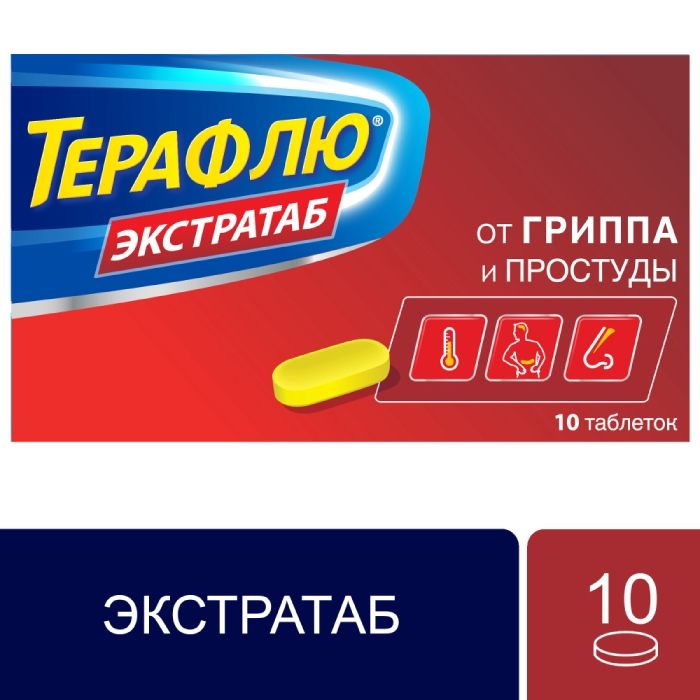
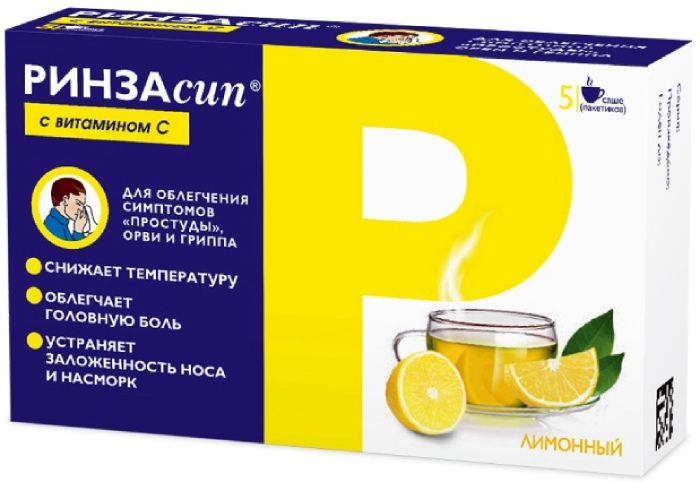
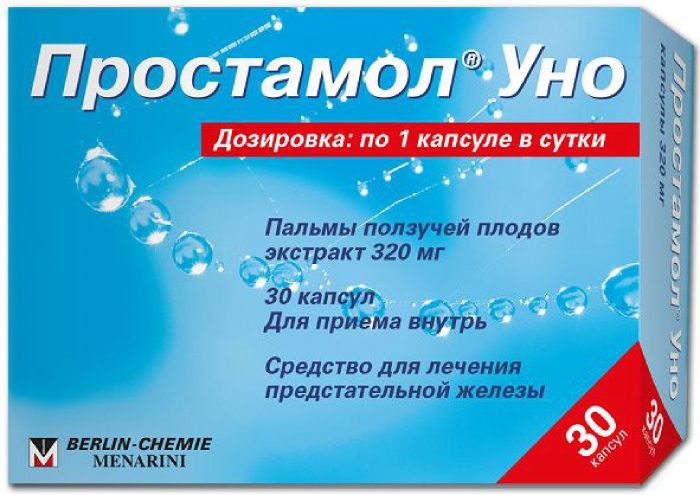
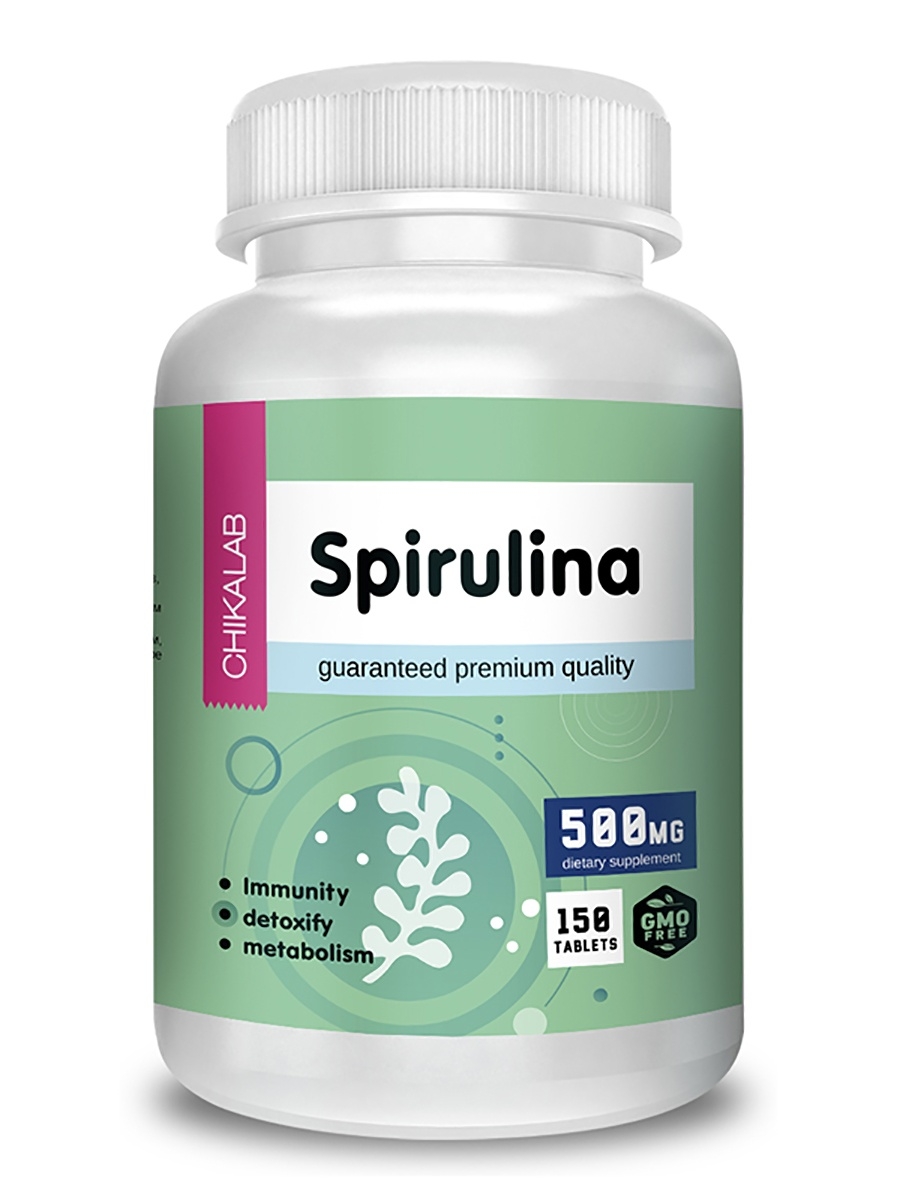
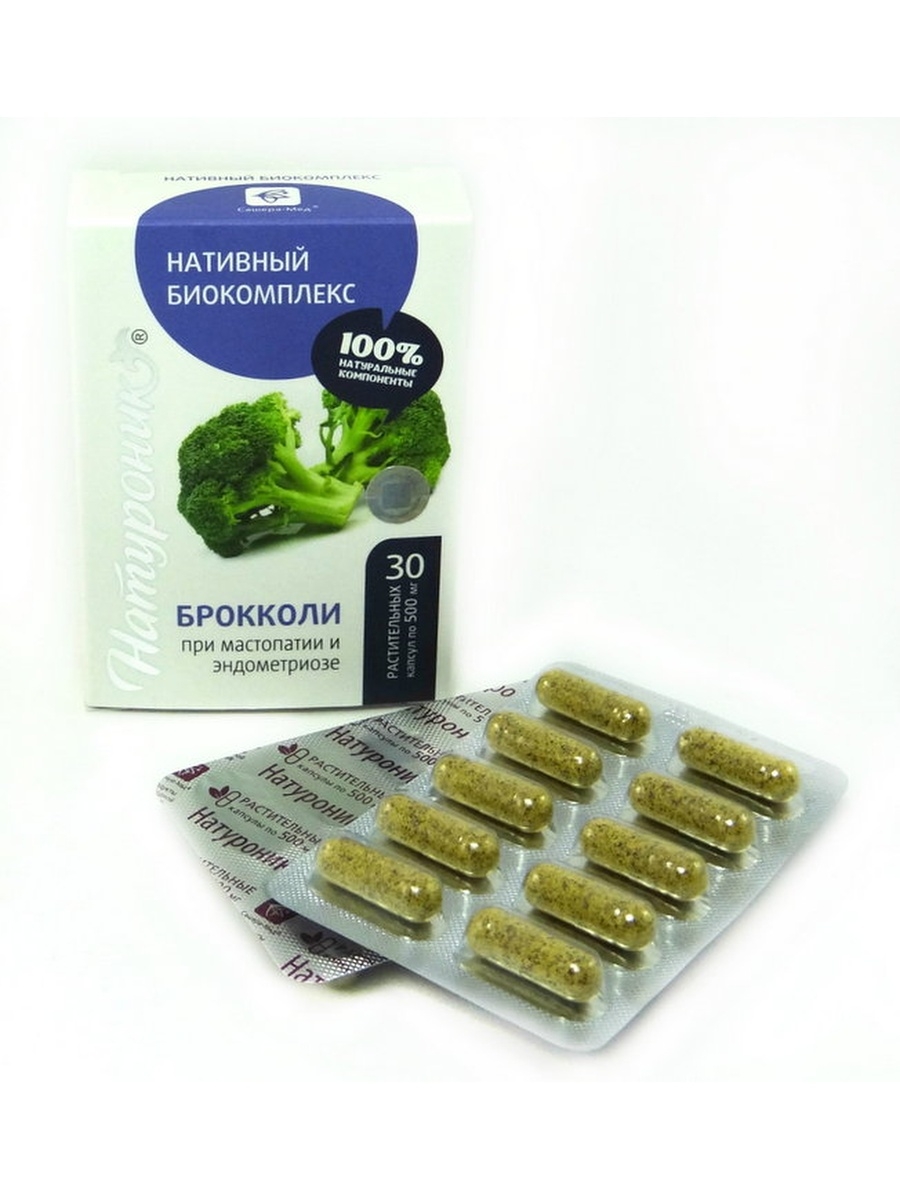
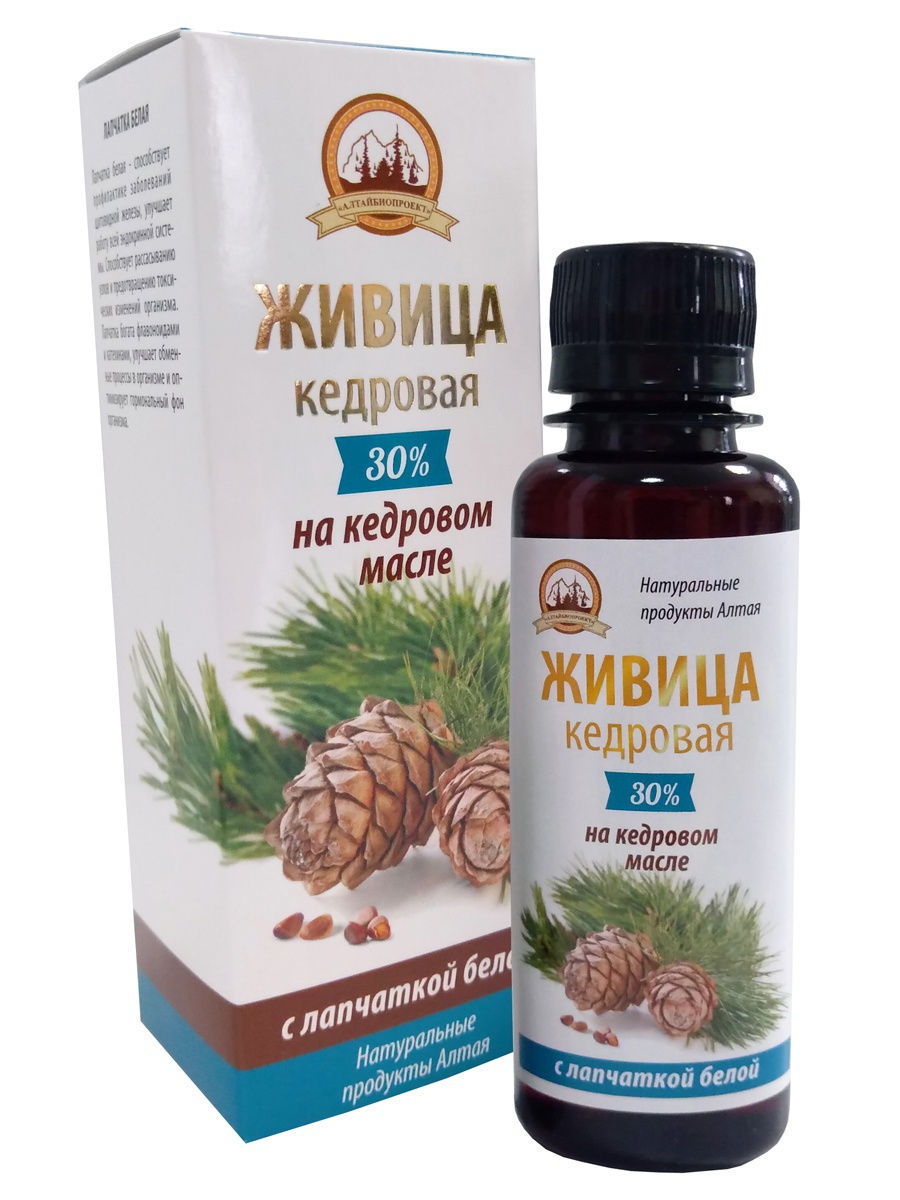
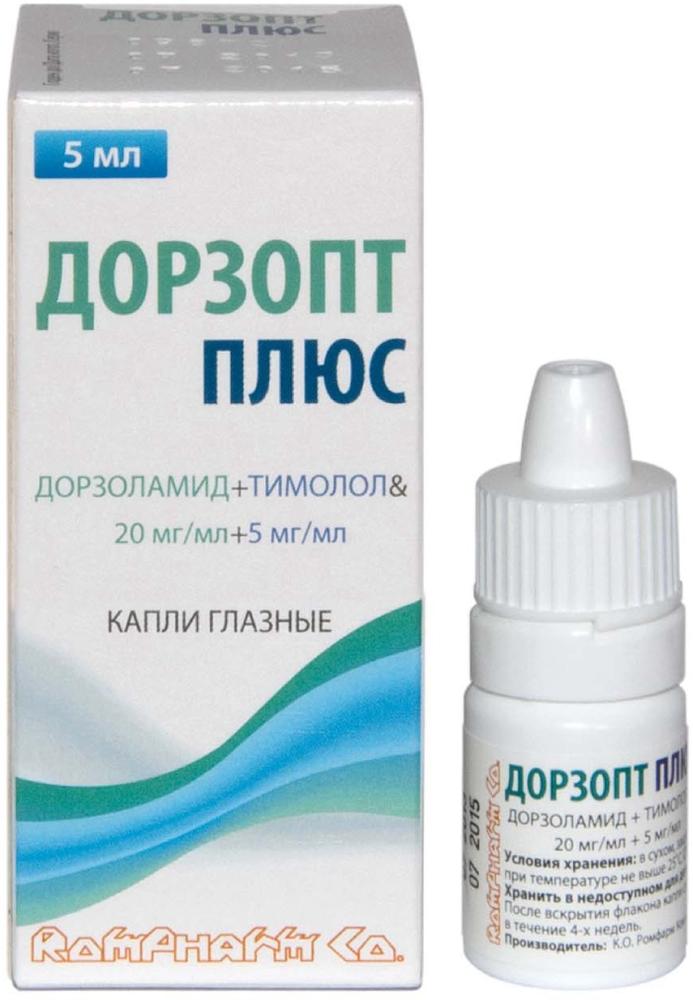
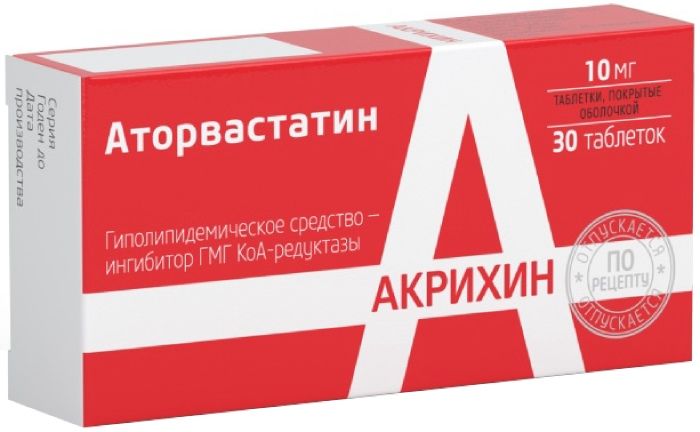
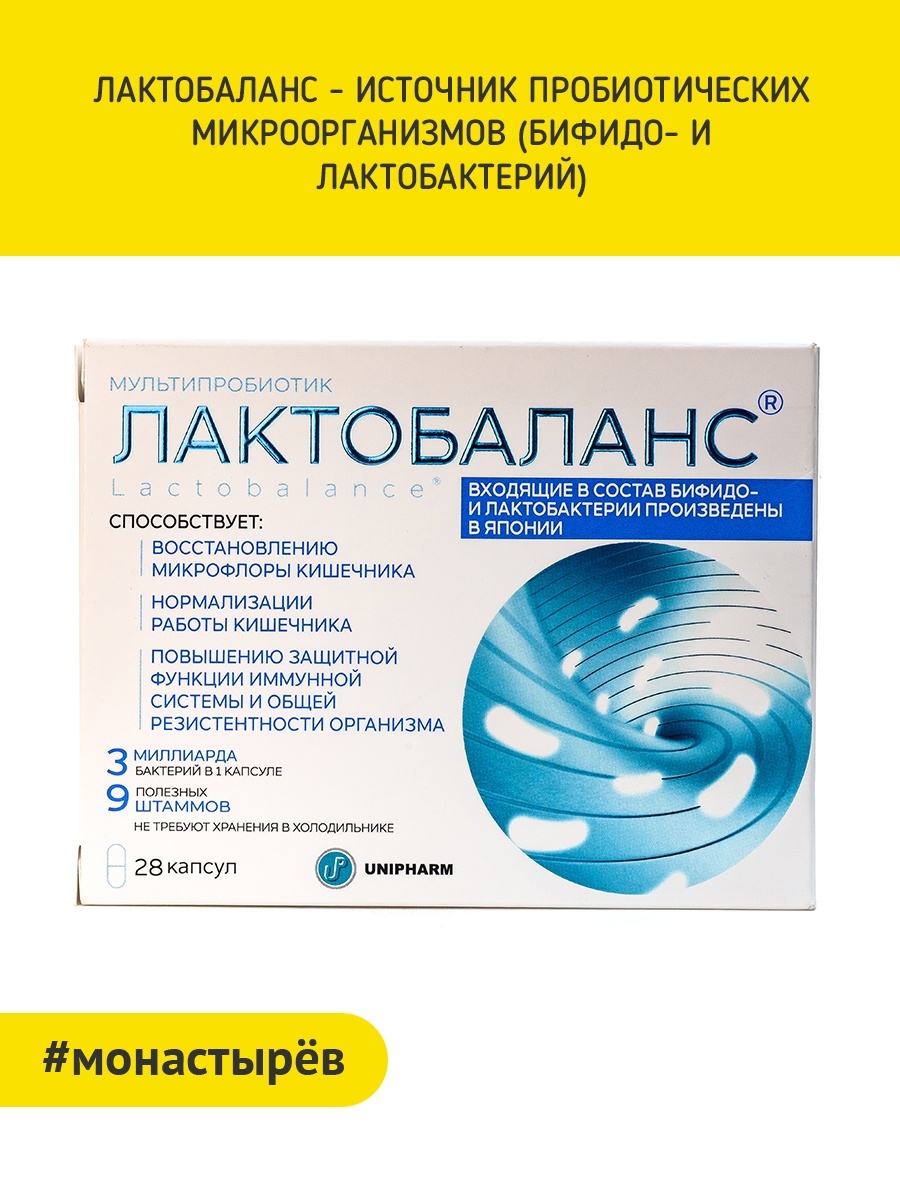




There are no reviews yet.